By Brijraj Singh, Research Scientist and Sonal Dabral, Data Mining Intern at Sony Research India
In this blog, Brijraj Singh and Sonal Dabral summarize their paper titled ‘Cd-HRNN Content Driven HRNN to Improve Session-Based Recommendation System’ that was recently accepted at the International Joint Conference on Neural Networks (IJCNN Main Conference), a premier conference in the area of neural networks theory, analysis and applications hosted in Australia from 18th-23rd June 2023.
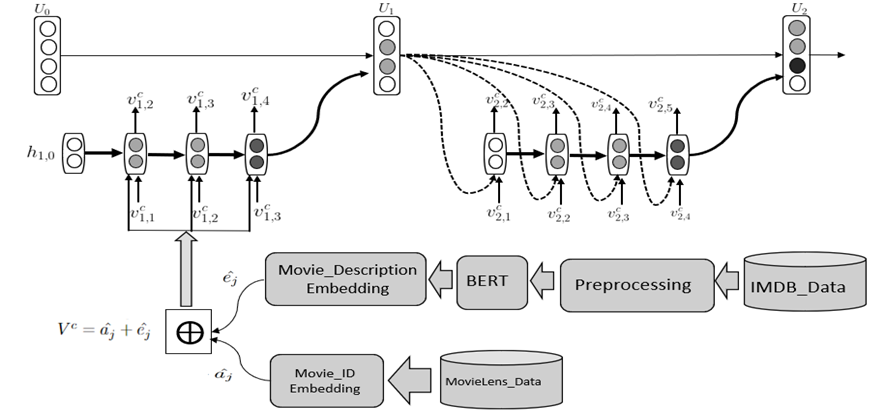
Figure 1 Architecture of Cd-HRNN
Definition 1: A session is defined as sequential activities of a user’s interaction with the platform. if be the time stamps of a user’s interaction with the platform, then a session is defined as activities at timestamps such that features extracted at one session is different from any other sessions. where is a features extractor of the items interacted during those time stamps:
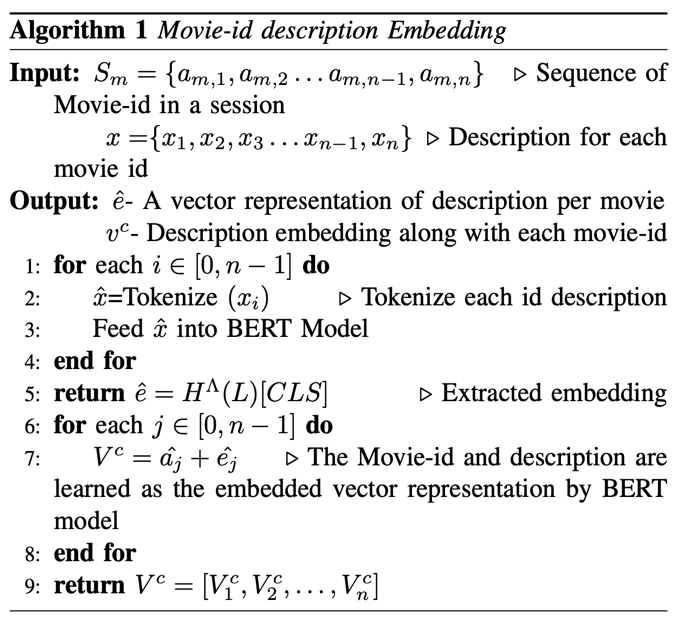
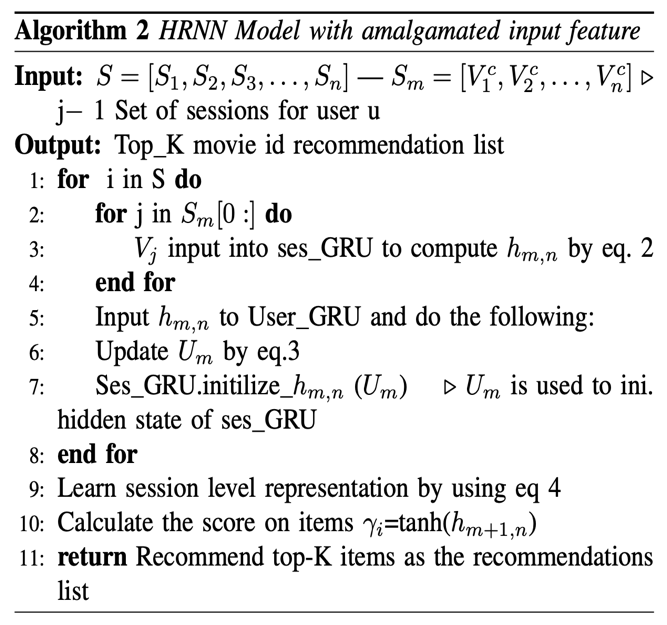
Table 1 Comparative Performance of the Proposed Method with Other Models

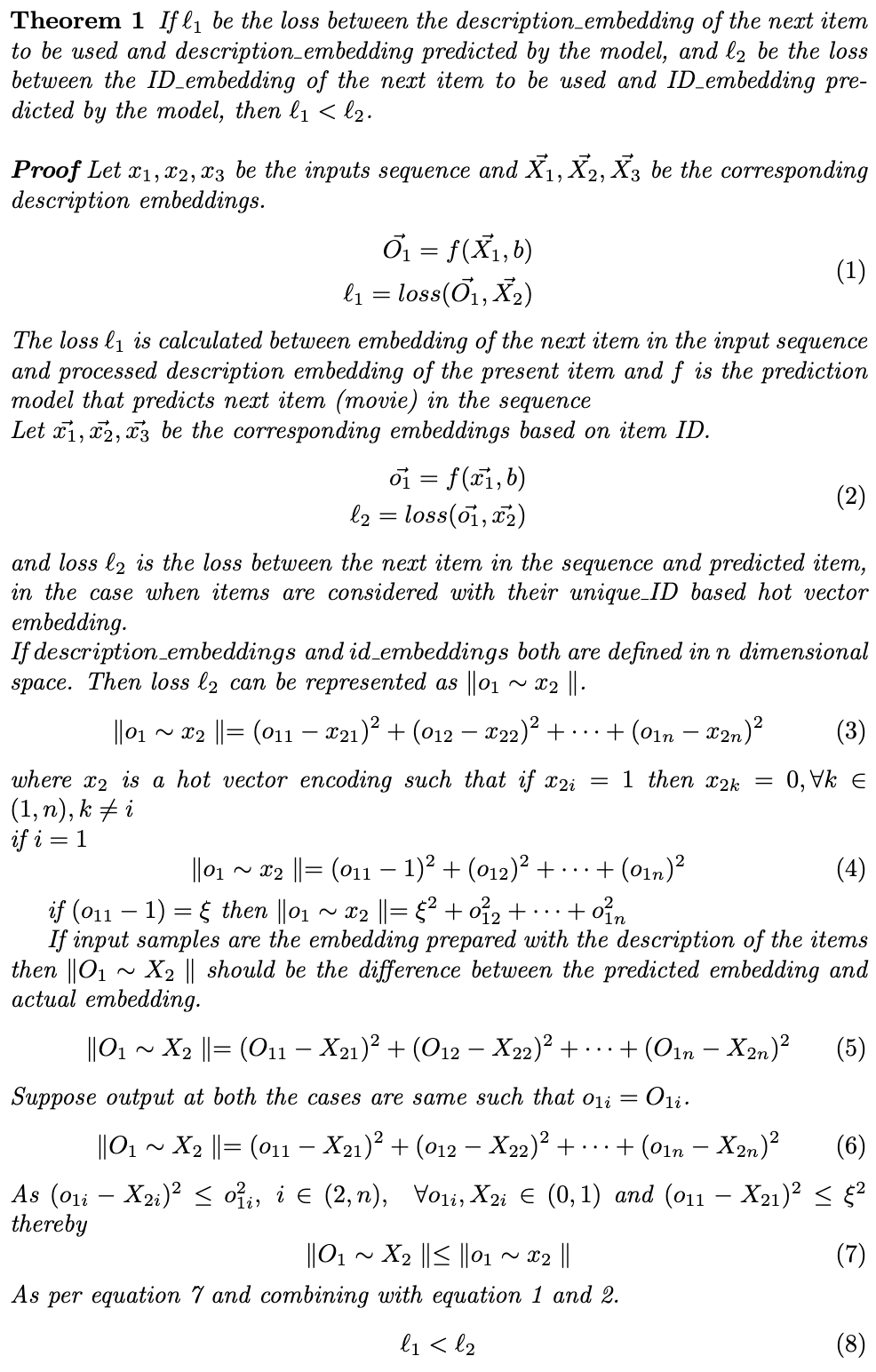
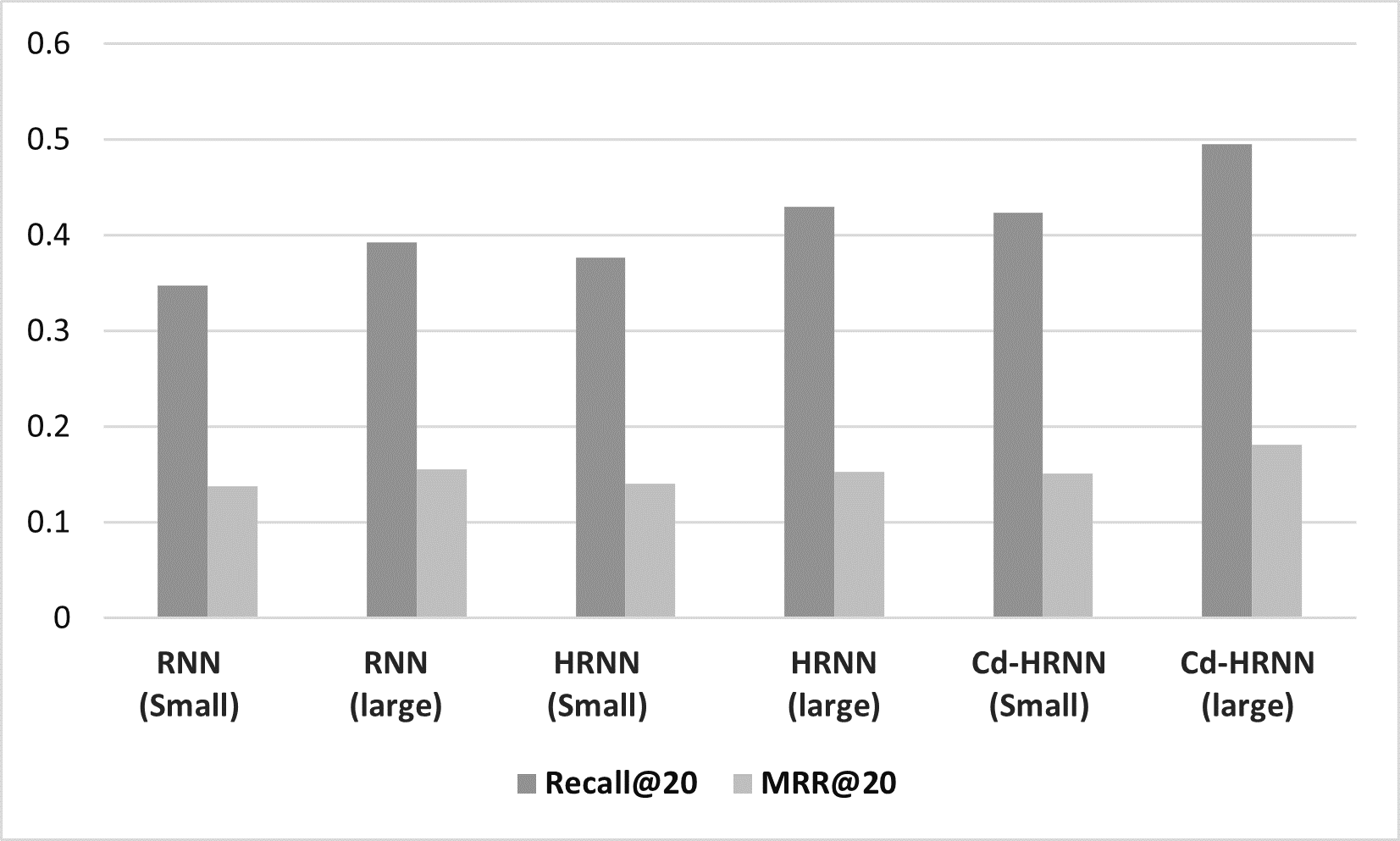
To know more about Sony Research India’s Research Publications, visit the ‘Publications’ section on our ‘Open Innovation’s page: